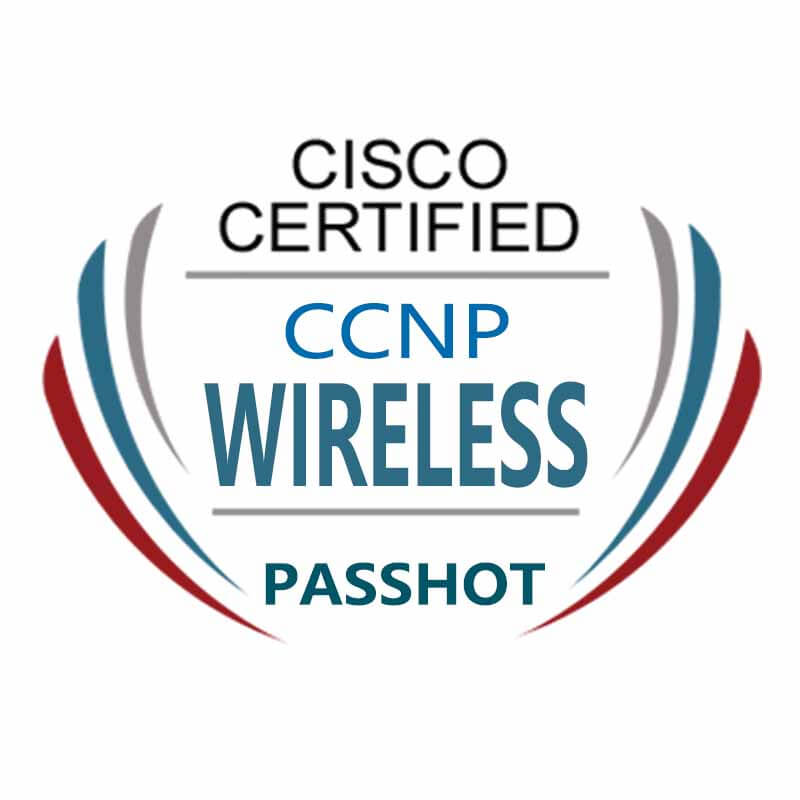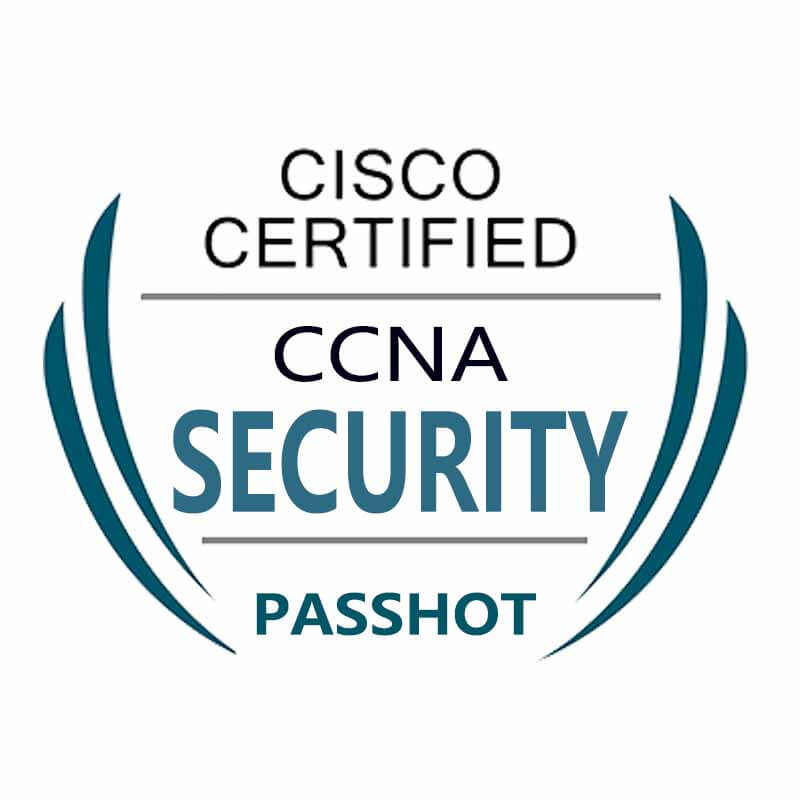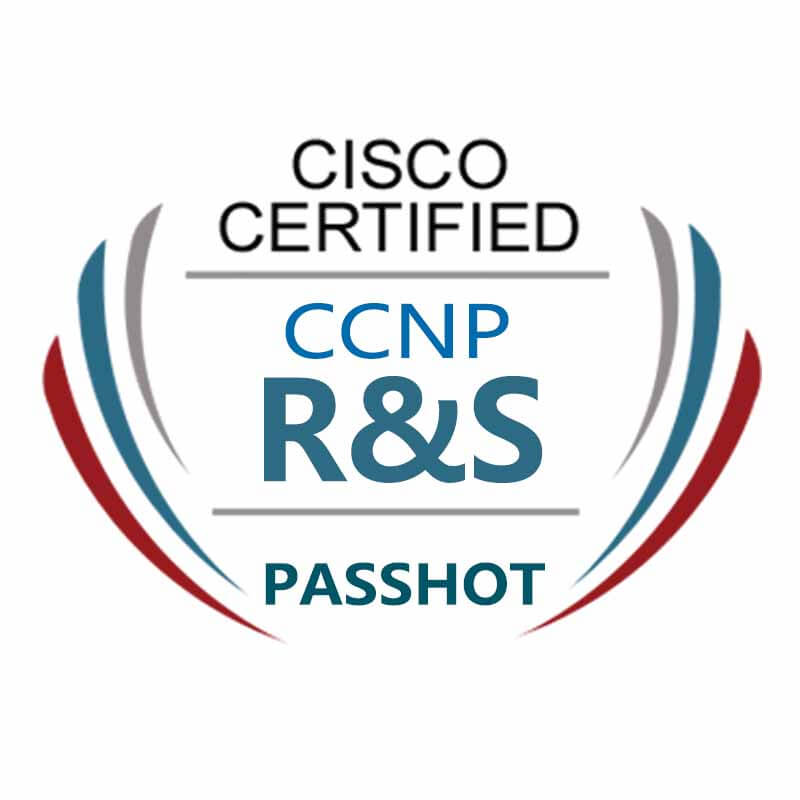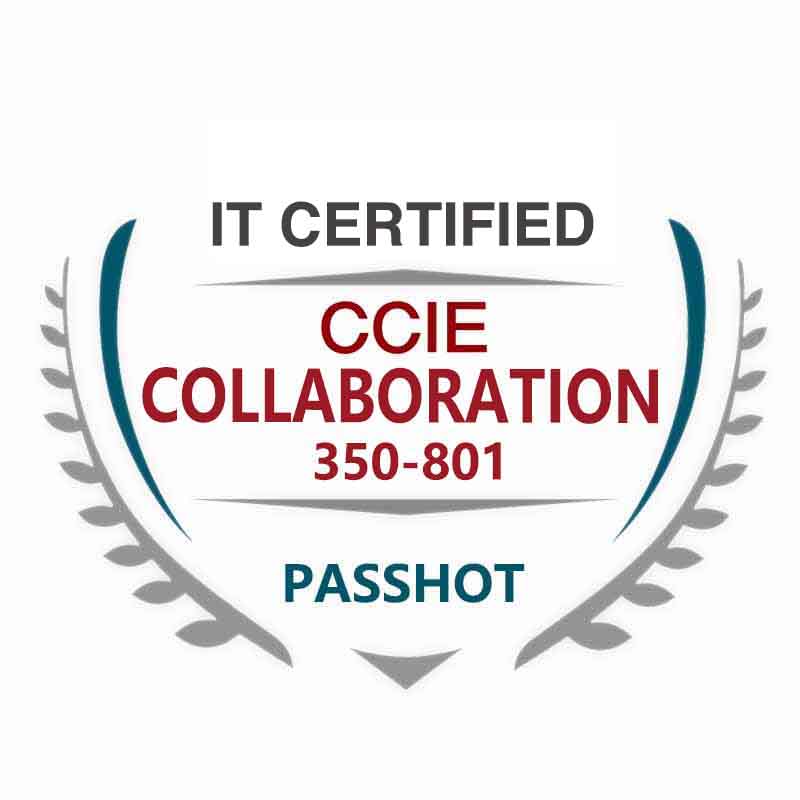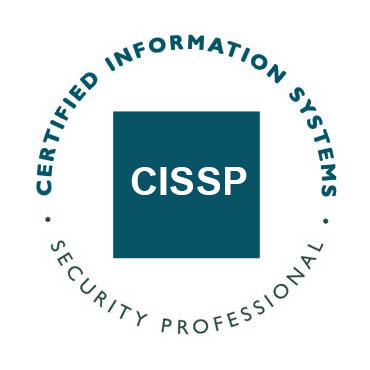100% Pass Cisco, PMP, CISA, CISM, AWS Dumps on SALE!
Get Now
01:59:56
X
The ten features of SD-WAN
SD-WAN is a very popular new technology in the current network. Many distributed organizations have adopted or are about to adopt SD-WAN solutions.
SD-WAN is attractive because it combines multiple physical WAN links into one logical network and provides traffic priority to accelerate the performance of applications deployed in on-premises data centers and the cloud.
Using network abstraction, SD-WAN improves the economics of branch office connections by using inexpensive circuits, such as the Internet, to meet growing bandwidth demands. SD-WAN is an overlay technology that maps new services (application priority, security, management) to existing physical networks.

Let's take a look at ten features of SD-WAN applications:
1: Save money
The economics of SD-WAN are about the cost and efficiency of avoiding expensive WAN links. As WAN data grows by an average of 20% per year, most organizations need more bandwidth to enable high-speed communication with remote offices.
SD-WAN can be combined with or replace expensive MPLS connections to securely deploy Internet link DSL, cable, Ethernet, wireless and other Internet links. On average, these Internet connections provide 2 to 5 times the bandwidth of similarly priced MPLS connections, directly contributing to the return on investment of SD-WAN equipment.
2: improve reliability
SD-WAN enables traffic to flow through two or more independent WAN links. As a result, IT organizations can extend their WAN connections by contracting with more than one communications service provider to ensure more reliable connections to remote offices.
This can be a combination of traditional MPLS providers, cable companies and wireless companies. SD-WAN's intelligent capabilities monitor links based on preset policies and route traffic through the most efficient link.
Utilizing enterprise wireless telephony contracts that typically contain a large pool of voice and data minutes is a great way to provide low-cost WAN backup for SD-WAN controlled remote offices with 4G LTE bandwidth.
3: Traffic identification and priority
Most businesses are rapidly moving away from hub-and-spoke WAN connections that pass all traffic back to a central data center, and are moving towards direct point-to-point connections between remote offices and the fastest cloud or SaaS applications.
SD-WAN enables IT organizations to set application and user-driven policies on priorities and security. SD-WAN identifies the type of traffic to and from the branch office and routes it directly to the correct data center.
4: plug and play
Most SD-WAN solutions are very easy to deploy in remote offices. SD-WAN hardware devices are usually shipped to the office, plugged into AC power and WAN connections, and then remotely configured by IT, channel partners, or service providers.
All products have a learning curve in setting traffic priorities, security policies, and orchestration practices. SD-WAN solutions should be easy to integrate with existing network equipment and network security products in the branch office, but this may also require some work.
5: SD-WAN products are not interoperable
The SD-WAN solution utilizes proprietary code to provide intelligent coverage, enabling hybrid WAN, traffic priority, security, management, and more.
IT organizations should choose the SD-WAN solution that best suits their requirements in the short term, and use pairs of remote and central SD-WAN equipment from the same vendor.
Organizations can run SD-WAN device pairs from multiple vendors in different parts of their network, but keep in mind that this means learning to manage each vendor's unique SD-WAN products.
6: SD-WAN supports multi-cloud
Most IT organizations mix internal data centers, applications in the public cloud, and users accessing SaaS applications. SD-WAN solutions have the ability to identify and route cloud-based traffic.
SD-WAN vendors have partnered with leading IaaS providers to accelerate traffic to and from local service points. SD-WAN solutions can identify the IP addresses of most leading SaaS providers and can route traffic accordingly.
7: Internal Security and Partnership
SD-WAN solutions can protect unreliable Internet links and identify abnormal traffic. Each SD-WAN vendor has a unique method to provide VPN, firewall, whitelist, blacklist, encryption, etc.
Other functions may include content filtering, endpoint management, and policy enforcement. SD-WAN solutions need to interoperate with existing network security products, such as next-generation firewalls, and most SD-WAN providers provide a robust ecosystem of network security partners whose products have been integrated with their products.
8: Management, Automation and Network Orchestration (MANO)
For most SD-WAN solutions, the intelligence for management, orchestration, and automation resides in a central data center or cloud. Management, automation and network orchestration (MANO) consoles for centralized IT operators should be highly automated, but this usually involves some learning processes.
Integrating SD-WAN MANO into existing network and application management systems can also be a challenge, which is required for fully automated application performance management.
9: self-managed or managed services
IT organizations can purchase solutions directly from SD-WAN technology providers, or they can purchase hosted SD-WAN services from service providers.
Most organizations will benefit from experienced channel partners to integrate SD-WAN into networks including routers, Wi-Fi, and network security devices. Other organizations outsource SD-WAN solutions and WAN connections to hosted service providers. Business.
10: On the road to the SD branch
The software-defined branch (SD-Branch) utilizes the concepts of SDN and network virtualization to package all the most popular network requirements into a single software-based solution that runs on a unified platform.
Its features include: SD-WAN, routing, network security and networking, Ethernet and Wi-Fi. Many SD-WAN solutions provide the option to expand their capabilities internally or through partners to meet SD-Branch requirements.
As a result, IT organizations can quickly deploy and configure plug-and-play solutions for network branches. This feature may be ideal for IT organizations with new sites, branch offices that are moving, or branch refreshed projects.
The above is the news sharing from the PASSHOT. I hope it can be inspired you. If you think today' s content is not too bad, you are welcome to share it with other friends. There are more latest Linux dumps, CCNA 200-301 dumps and CCNP Written dumps waiting for you.
Cisco Dumps Popular Search:
ccnp route final exam practice chapter 8 ccna answers 350-401 encor books ccie rs dumps will ccna certification get me a job 200 301 ccna book todd lammle ccie lab example ccnp route online test cisco mpls book ccna 9th chapter answers
Copyright © 2025 PASSHOT All rights reserved.

